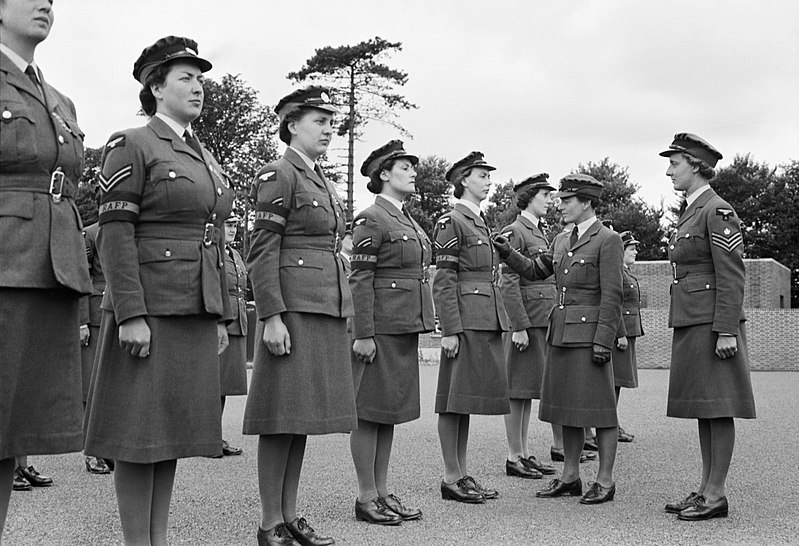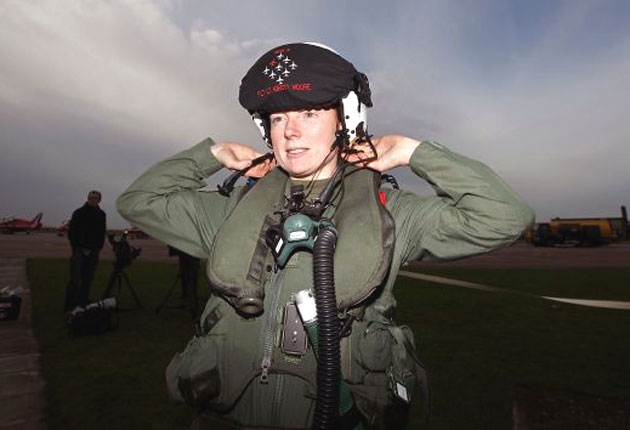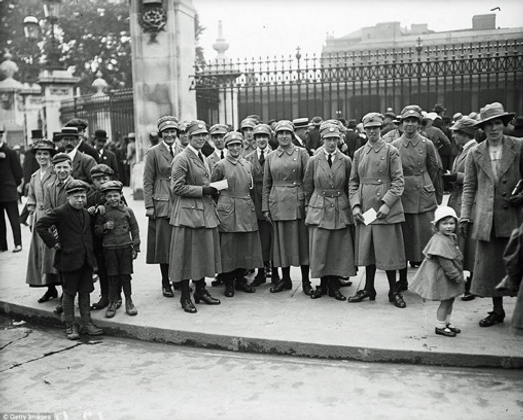Women in the Air Force | International Women's Day
Posted by Air Force Gift Shop on 7th Mar 2020
International Women’s Day is an annual celebration taking place on the 8th March, dedicated to recognising the achievements of women all around the world and bringing attention to the topic of gender parity and women’s rights. We’re taking a moment to reflect on how the roles of women in the British Air Force have changed over the years and show our appreciation of their contribution and bravery in service.
Women have always been an integral part of the RAF, but until the mid 90s, they stood as a separate branch. Over the past century, their roles within the force have evolved significantly with huge equality movements taking place only in the past few years. The timeline below highlights the key moments in the history of Women in the RAF.

1918 - Women's RAF recruitment poster
1918 – The Women’s Royal Air Force (WRAF) was formed. This was the women’s branch of the RAF lead by Chief Superintendant Lady Gertrude Crawford, created to support the RAF in administrative, household and later, technical trades. The iconic ‘Air Force Blue’ uniform was introduced.
1920 – Following the end of WWI, WRAF was disbanded. With an overall strength of 32,000 and 50 trades available, the WRAFs had proved as a major asset to the Air Force and paved the way for future air service women.

The Women's Auxiliary Air Force (WAAF)
1939 – To support the RAF in WWII, the Women’s Auxiliary Air Force (WAAF) was formed. WAAFs did not serve as aircrew and were initially recruited to fill posts such as clerks and caterers but over time the occupations for women diversified into areas such as telephony, interception of codes, engineering and mechanical duties.
1941 – The National Service Act No. 2 was issued, allowing the conscription of women to be introduced. By 1945, a quarter of a million women had served in the WAAF, supporting operations around the world in over 110 different trades, but with the war coming to an end, demobilisation began.
1949 – As a result of proposals for a permanent female peacetime force and the Government's recognition of the WAAFs contribution, the Women’s Royal Air Force was reformed on 1st February 1949, reviving the original name from 1918.
1959 – The new trade of Air Quartermaster was opened to women. In 1962, these became the first females to be recognised as aircrew.
1994 – WRAF formally merged with the RAF, marking the full integration of women into the air force. During this year, Flight Lieutenant Jo Salter, broke new ground by becoming the first operational fast jet pilot, flying Tornado GR1Bs operationally with No.617 Squadron.

Flight Lieutenant Kirsty Moore
2009 – In May 2009, Flight Lieutenant Kirsty Moore was appointed the first female pilot to serve with the Red Arrows, after 45 years of male domination.
2019 - Last year marked a particularly poignant moment for Women in the Forces, where for the first time the Army, Navy and Royal Air Force became entirely open to employing women, following a lifting of the ban excluding women serving in close combat roles.
In February 2019, the RAF appointed its first ever female three-star officer, the most senior woman to have ever served in the British Armed Forces.
Employment in the military has come a long way towards achieving gender equality. Today, women serve in all branches of the Royal Air Force and the duties of individuals are now determined by ability alone and not gender.

